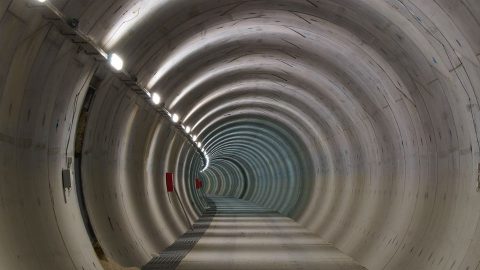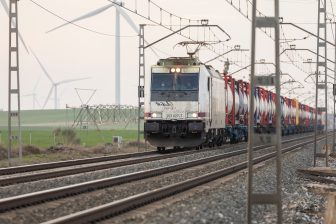
Brenner Base Tunnel underground junction not compliant with regulations
BTT
A new report concludes that an underground connection to the Brenner Base Tunnel in Germany would not fully comply with the current regulations. A connection point underground, instead of the normal above-ground, is preferred by local groups. It would not be impossible, finds the German Center for Rail Transport Research (DZSF). However, the question is whether the effort and cost of further research is worth to be invested.
Do you want to read the full article?
Thank you for visiting RailFreight.com. Become a member of RailFreight Premium and get full access to all our premium content.
Are you already a member?
Having problems logging in? Call +31(0)10 280 1000 or send an email to customerdesk@promedia.nl.




